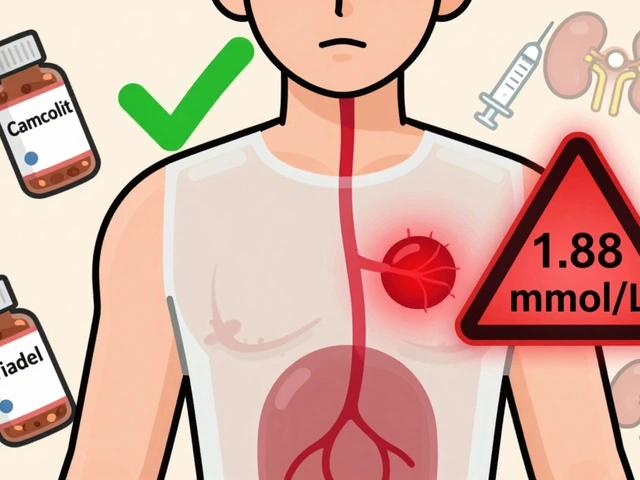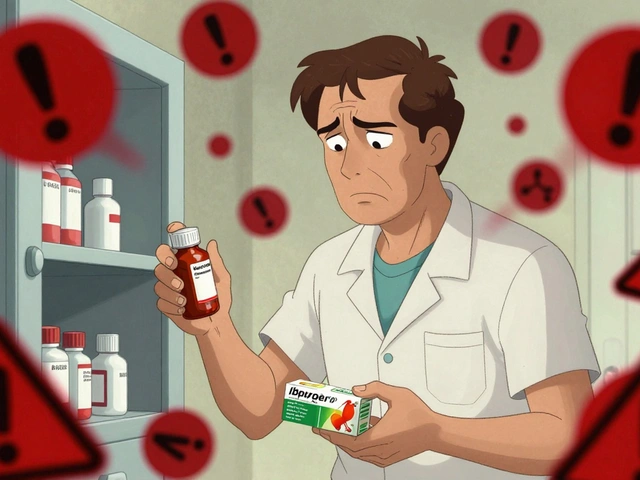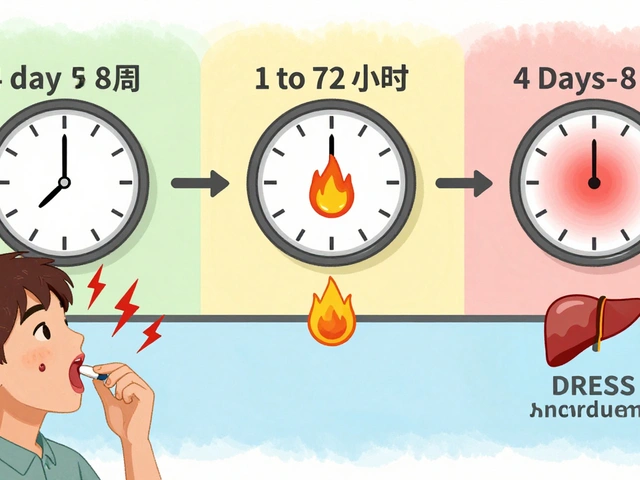Hair loss treatment: clear options and what to expect
Hair loss can feel personal and urgent. The good news: for most people there are real treatments that slow loss, thicken hair, or restore a hairline. This page lays out simple, proven choices, how long they take, common side effects, and how to get help safely — no hype, just useful facts.
Medical options that work
Topical minoxidil (Rogaine) is the most accessible option. Applied to the scalp once or twice daily, it can slow shedding and thicken fine hairs. Expect to use it for at least 3–6 months before seeing change; full benefit often comes around 12 months. Side effects are usually limited to scalp irritation or unwanted facial hair if the solution runs onto skin.
Finasteride (Propecia) is an oral pill that blocks the hormone that shrinks hair follicles in men. The common dose for male pattern hair loss is 1 mg daily. Clinical trials show many men stop losing hair and some regrow noticeable hair after several months. A small percent report sexual side effects (changes in libido or erectile function); these effects are usually rare but worth discussing with your doctor.
Women and younger people need different approaches. Finasteride is not safe for women who might become pregnant. For women, doctors often try topical minoxidil first, and in some cases prescribe spironolactone or recommend hair hormone testing. Always check with a clinician who treats hair loss.
Procedures, supplements, and daily care
Platelet-rich plasma (PRP), microneedling, and low-level laser therapy can boost results when combined with meds. Hair transplant surgery moves healthy follicles to thin areas and gives permanent results, but it costs more and needs a skilled surgeon. If you choose a transplant, look for before/after photos and long-term reviews.
Supplements like biotin help only when you have a deficiency. Good sleep, balanced protein intake, and avoiding tight hairstyles or harsh chemical treatments make a real difference. Smoking and crash diets speed up thinning, so lifestyle fixes matter.
How to get medicines safely: see a doctor first. Finasteride requires a prescription; minoxidil is OTC. If buying online, use a licensed pharmacy and avoid sites that don’t require any consultation. Cheap pills from unknown sellers often carry risk.
Timeline and expectations: most treatments take months. If hair keeps falling fast despite trying meds for 6–12 months, see a dermatologist who can check for conditions like telogen effluvium, thyroid issues, or nutrition problems. A clear plan — diagnosis, appropriate treatment, and follow-up — gives the best chance of saving and restoring hair.
Want next steps? Book a consult with a dermatologist or a hair-loss clinic, start with topical minoxidil if you want low-cost action, and always ask about side effects and realistic outcomes before starting any treatment.

Top 9 Alternatives to Propecia for Hair Loss
Exploring alternatives to Propecia can offer hope for those looking to combat hair loss. This article evaluates nine options, from natural supplements like pumpkin seed oil to medications like Minoxidil. Each alternative is explained, along with its advantages and drawbacks, to help you make an informed decision in hair care.
View More




